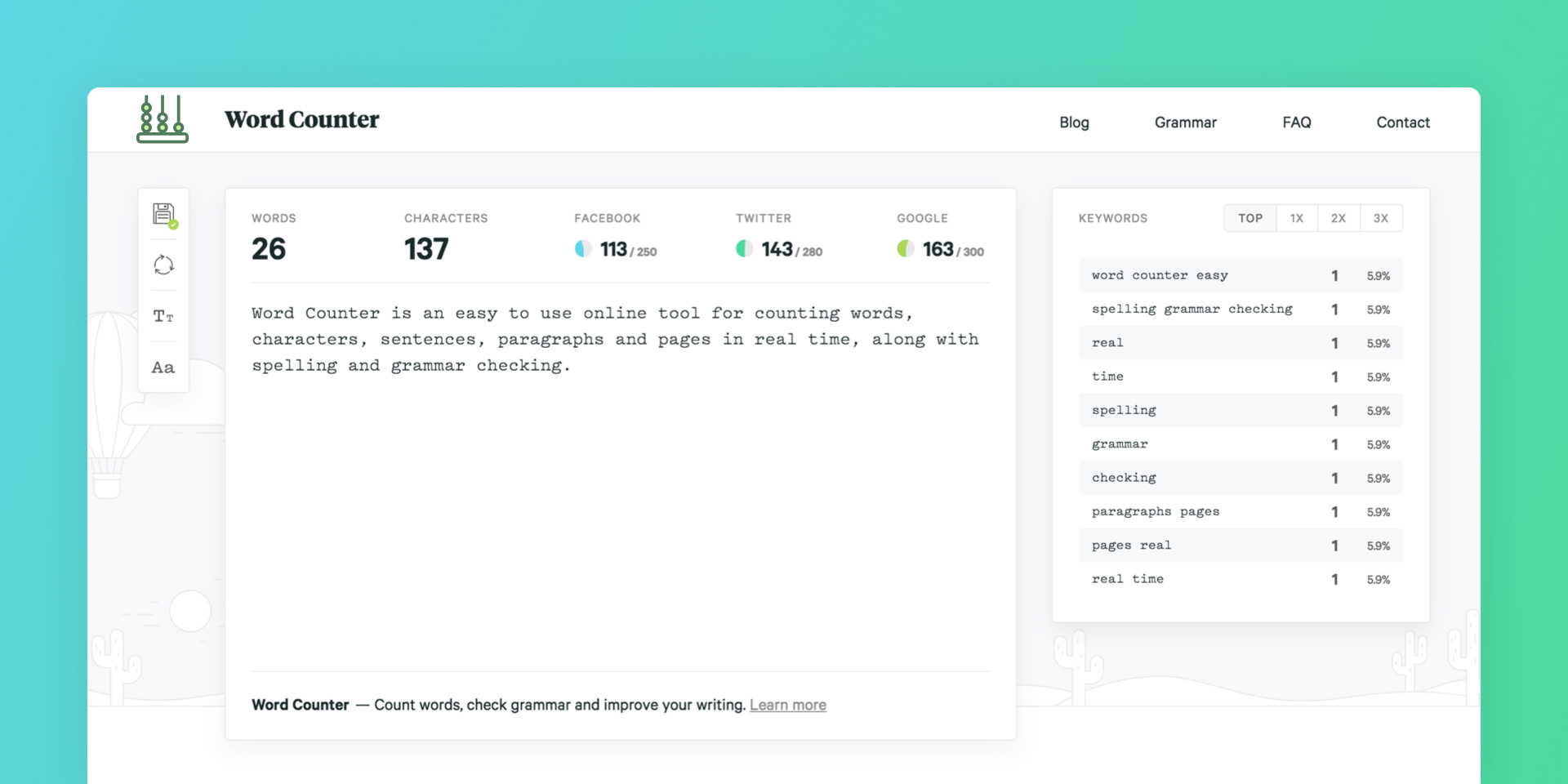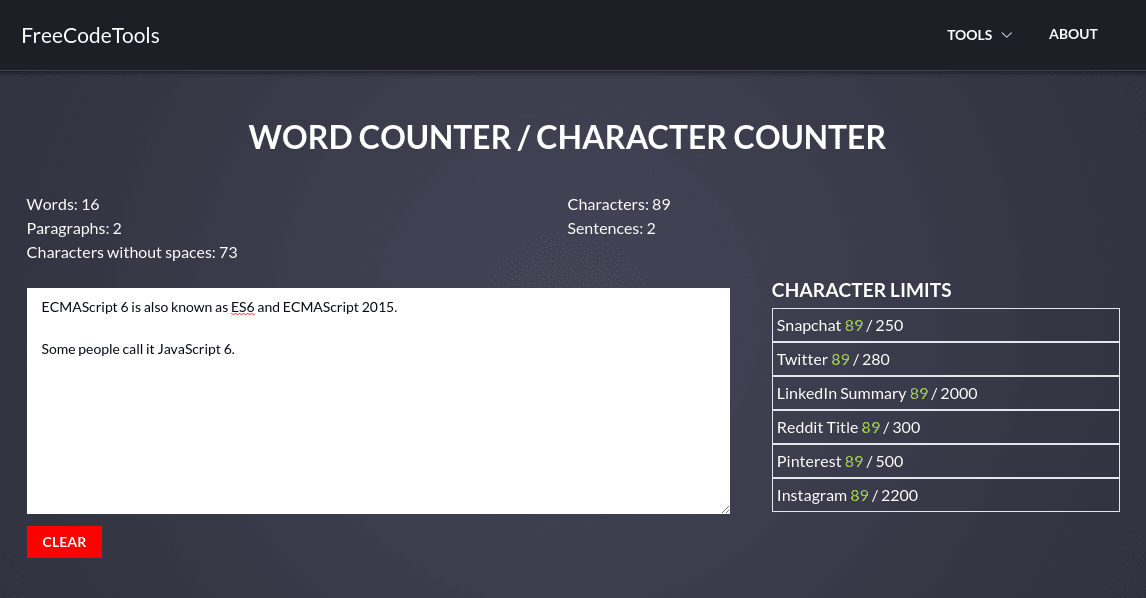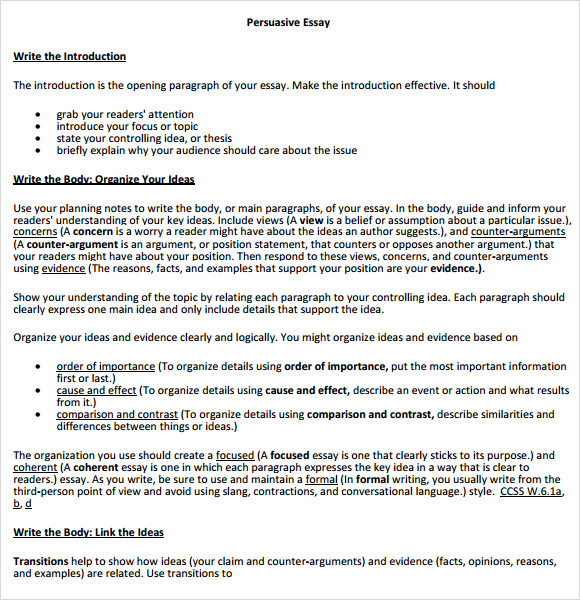

We now establish some core terminology used throughout the article. We also provide concrete examples relating to the article in the following repository. While this article focuses on the core of knowledge graphs, the extended online version further discusses knowledge graph creation, enrichment, quality assessment, refinement, publication, as well as providing further details of the use of knowledge graphs in practice, their historical background, and formal definitions that complement this article. In the final row of the table, we indicate the topics covered in this article ( ) and an extended version ( ) published online. Unlike these works, our goal as a tutorial article is to provide a broad and accessible introduction to knowledge graphs.


Some of the related literature provides more details on particular topics than this article we will often refer to these works for further reading. We see that the existing literature tends to focus on particular topics shown. In Table 1, we provide an overview of the tertiary literature-surveys, books, tutorials, and so on-relating to knowledge graphs, comparing the topics covered to those specifically covered in this article. Our focus is on introducing key concepts and techniques, rather than specific implementations, optimisations, tools, or systems.Ī number of related surveys, books, and so on, have been published relating to knowledge graphs. The goal of this tutorial article is to motivate and give a comprehensive introduction to knowledge graphs, to describe their foundational data models and how they can be queried and validated, and to discuss deductive and inductive ways to make knowledge explicit. Promising techniques are now emerging for applying machine learning over graphs. Scalable frameworks for graph analytics can be leveraged for computing centrality, clustering, summarisation, and so on, to gain insights about the domain being described. Ontologies and rules can be used to define and reason about the semantics of the terms used in the graph. Graph query languages support not only standard relational operators (joins, unions, projections, etc.), but also navigational operators for finding entities connected through arbitrary-length paths. Graphs allow maintainers to postpone the definition of a schema, allowing the data to evolve in a more flexible manner. Graphs provide a concise and intuitive abstraction for a variety of domains, where edges and paths capture different, potentially complex relations between the entities of a domain. Employing a graph-based abstraction of knowledge has a number of benefits when compared with a relational model or NoSQL alternatives. Knowledge graphs use a graph-based data model to capture knowledge in application scenarios that involve integrating, managing and extracting value from diverse sources of data at large scale. The growing industrial uptake of the concept proved difficult for academia to ignore, with more and more scientific literature being published on knowledge graphs in recent years. Though the phrase “knowledge graph” has been used in the literature since at least 1972, the modern incarnation of the phrase stems from the 2012 announcement of the Google Knowledge Graph, followed by further announcements of knowledge graphs by Airbnb, Amazon, eBay, Facebook, IBM, LinkedIn, Microsoft, Uber, and more besides.


 0 kommentar(er)
0 kommentar(er)
